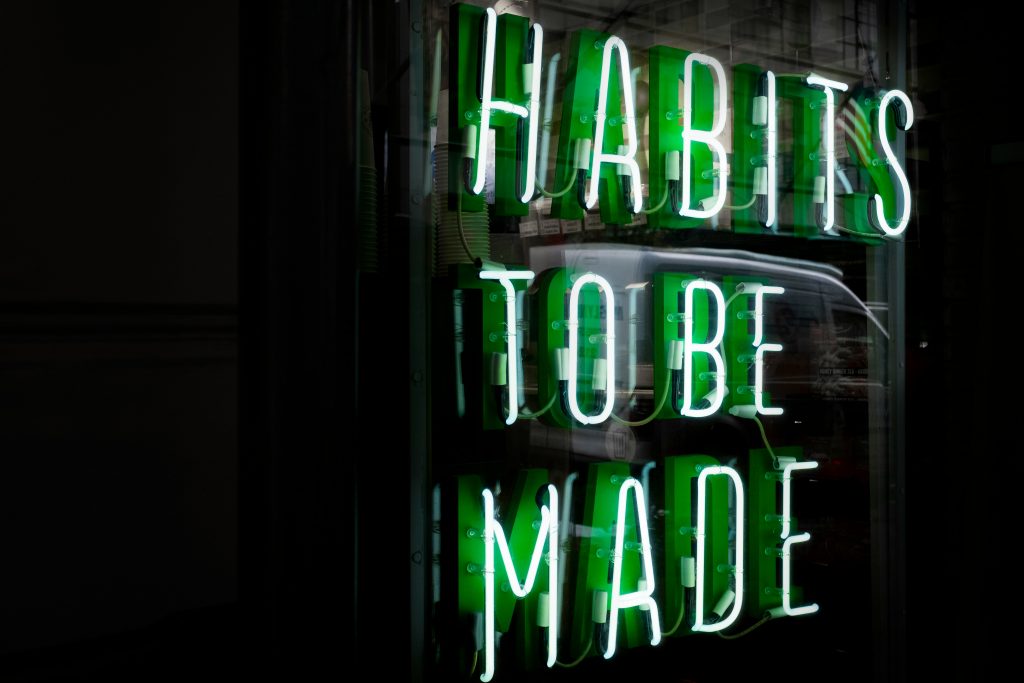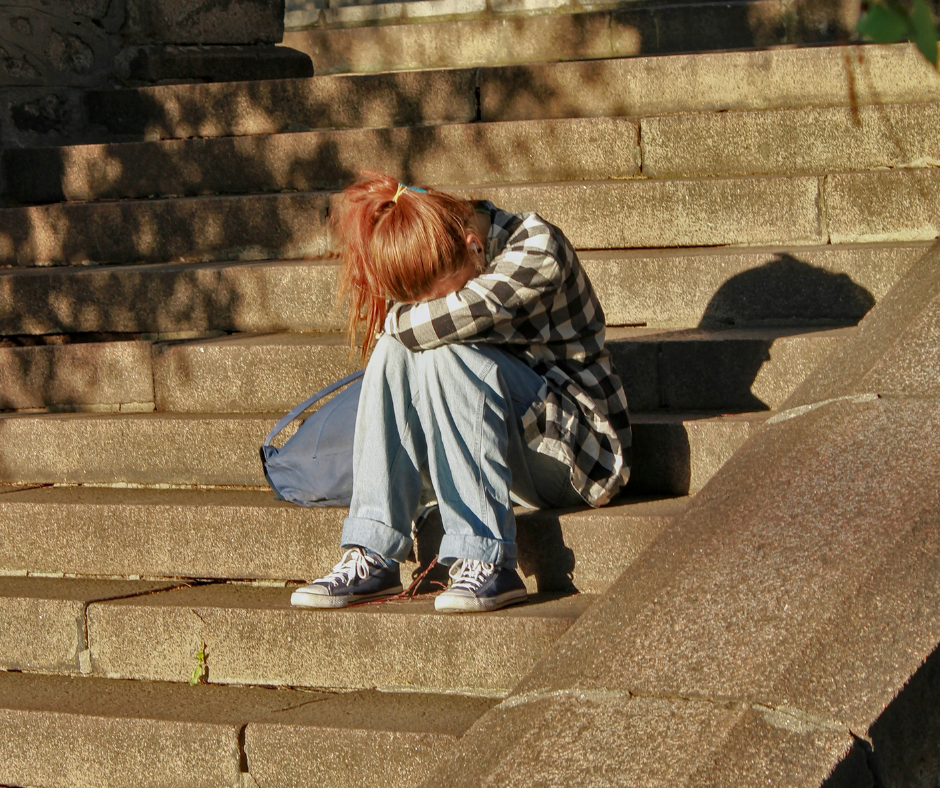Well-behaved women seldom make history.
Laurel Thatcher Ulrich, Professor of Early American history, Harvard
Imagine a world in which children received only good, positive and appropriate messaging about girls and women. Would it be dramatically different from the world we inhabit right now? I like to think that the world within my lifetime has changed for women, but sometimes I wonder.
While I love and agree wholeheartedly with the quotation above, when it comes to Roman history it seems to me that two types of women are preserved by the male elite who wrote about them: the badly behaved indeed, but also the idealised male fantasy – the Roman Stepford wife, if you will. In a culture in which history-writing truly was the sole preserve of men, the only women considered worth talking about were those who stood out in extremis: either those who made a right royal nuisance of themselves, or those who fulfilled the Roman male fantasy of the ideal wife. This meant that examples of the “perfect” Roman woman were recorded (think Lucretia and Arria Paeta) as well as the ones whom history condemned as beyond the pale (think Messalina and Clodia). Hence we are left with a cartoonesque surreality, in which real women’s voices are almost entirely absent.
This week I’ve been thinking about the subliminal messages we send to women and girls. As a child of the late 1970s and the 1980s, I grew up alongside all sorts of messaging that would now be considered unacceptable and problematic for boys and girls alike. I remember cigars advertised on the television and cigarettes in magazines. I remember buying candy sticks that were sold in small packets designed to look exactly like cigarettes, which my friend and I would pretend to “smoke” on a wintry day, enjoying the way our clouds of breath resembled the unquestionably cool clouds exhaled by smokers. I remember Bernard Manning and Jim Davidson. I remember Benny Hill and his entourage of large-breasted, scantily-clad women. I remember the standard comic trope of male Boss chasing younger female employee around the desk. She would try to avoid his wandering hands but the messaging clearly implied that she invited it really and enjoyed the whole process immensely; it also implied that the man was utterly helpless and incapable of controlling himself in the face of his desires for the younger women paraded before him. Poor chap.
As a child, I liked playing with Sindy dolls and was distinctly less than impressed by Barbie, mainly because the design of her legs made it impossible to force her onto the back of a horse, which was my dominant obsession at the time. If a girl can’t ride a horse, what is exactly is the point of her, I thought? This was particularly disappointing given that the Barbie horse, although a somewhat stylised palomino with a ridiculous flowing mane, had the benefit of articulated legs, which one could adjust into galloping and jumping positions. What a missed opportunity for Barbie to shine as an athlete! My mother supported my apparent lack of enthusiasm for Barbie’s appearance and carriage, helpfully pointing out her risibly manipulated figure as well as the fact that her arms were fixed at right angles. “Probably caused by years of carrying a tray,” she remarked.
Behind the bar in our local family pub there were large cardboard cutouts of topless women, attached to which were overpriced packets of peanuts, which punters were encouraged to purchase by the apparent lure of revealing a little bit more of the nubile lady’s naked form. In that very same pub, my sister was told by one punter that she should be careful to alternate the hand she used to pull the pint-pump, to make sure she didn’t end up with “one bigger than the other”. This was the world I grew up in. None of it was anything I registered as either traumatic or indeed problematic at the time. It was simply the way the world worked. Chin up, love.
Fast-forward to the beginning of the 1990s and when I hit the 6th form my all-girls school seemed to expect us to flip from a world in which sex had been barely acknowledged inside its four walls to a world in which teaching us how to win over the opposite sex was pretty much the endgame. We were invited to host dinner parties for handfuls of lads from private boys’ schools and our group scored a real win as we got Harrow: “we’re all snobs at heart, aren’t we girls?” said the teacher who gave us the simply terrific news, about which we were all expected to be suitably delighted. An evening dinner dance at Wellington College followed swiftly, at which one girl was dragged out of the bushes, covered in scratches and bleeding. As a punishment for her behaviour, the girl was locked in the coach with the male coach driver for the remainder of the evening. It was never established what had happened in the bushes.
Sometimes, the past comes back to you in flashes and at times like these I try to remind myself just how much the world has changed. I hope that it is no longer even imaginable that a girl would be treated in this way in a modern school, although occasionally a story emerges that makes me wonder. At least, though, I cling to the fact that the world has surely changed enough that plenty of people would be shocked by such an event and prepared to take action. That’s the difference. Still, the fact that such action might remain necessary is both depressing and exhausting. I’m not sure I believed we’d still be fighting for the rights of women and girls in 2024, but for a myriad of complex and unpredictable reasons it’s where we seem to find ourselves.
This week, I was invited to comment on a resource, excellent in many ways, but which contained stylised cartoons of an apparently flirtatious slave-girl. When I queried the inclusion of an image that seemed to me to be straight out of the 1970s in a course aimed at modern schoolchildren, the author said he would take on board my comments but also that the girls he’d taught “seem to be happy” with them. So what’s the problem? Well, here’s the thing: girls are used to it. Girls are socialised to accept their lot, to remain docile while they are conditioned to believe that the female form is public property. In my foolishness, I honestly thought we’d have got past all this by now, but when I catch the smallest glimpse of the ghastly diet that our girls are being fed on Instagram and similar platforms, when I see the tiniest of tots mimicking the hyper-sexualised poses and pouts of their chosen online influencers, it makes me want to weep. I don’t know what we can do in the face of such an overwhelming tide of subliminal messaging online, but can we at least keep it out of our educational resources?
One of the most depressing conversations I have ever had with a student was one with a member of my Year 10 Form, who showed up for school on a Monday morning with ridiculously long acrylic nails. She knew that the school did not allow them and was clearly trying it on, so the usual negotiations ensued as I attempted to apply the school’s policy and she kicked against it. While we awaited the member of Patrol whom (of course) I ended up summoning due to her refusal to attend the expected acrylic removal session voluntarily, I foolishly attempted to appeal to her, woman to woman. I pointed out the extreme impracticality of the false nails, which rendered her frankly disabled when it came to even the most basic of tasks and certainly at real risk when playing any kind of sport. “You know, women before you have fought incredibly hard so that you don’t have to do this kind of thing any more,” I told her. “You don’t have to polish and preen; you don’t have to enhance your body or make it into a cartoon version of itself in order to please others.” Unfortunately, my words appeared to have had zero impact. She just looked at me like I was insane.
As so often with my weekly musings, I’m not even sure I know where I’m going with this or indeed who needs to hear it. Maybe I’m just howling at the moon. I remain concerned that there is still work to be done before our daughters and granddaughters can truly be themselves, not a caricature of what society says they should be. We can pat ourselves on the back as much as we like about how far we’ve come since Benny Hill was making us laugh on prime-time television; but until we stop the subliminal message being pumped into our children’s brains that women’s bodies are a commodity, then how can we expect them to rise above the mundane and realise their full potential, unencumbered by the expectations of others?







